Unlike all-natural hardwood, engineered flooring would warp or cup when subjected to these factors. If you want basic colors, you can choose hardwood in off-white, beige, black, or perhaps any shade of brown. This's an extremely important component of choosing a hardwood floor. You'll in addition have to stay cautious with sweeping, mopping and vacuuming.
Hardwood Floor Refinishing Tips
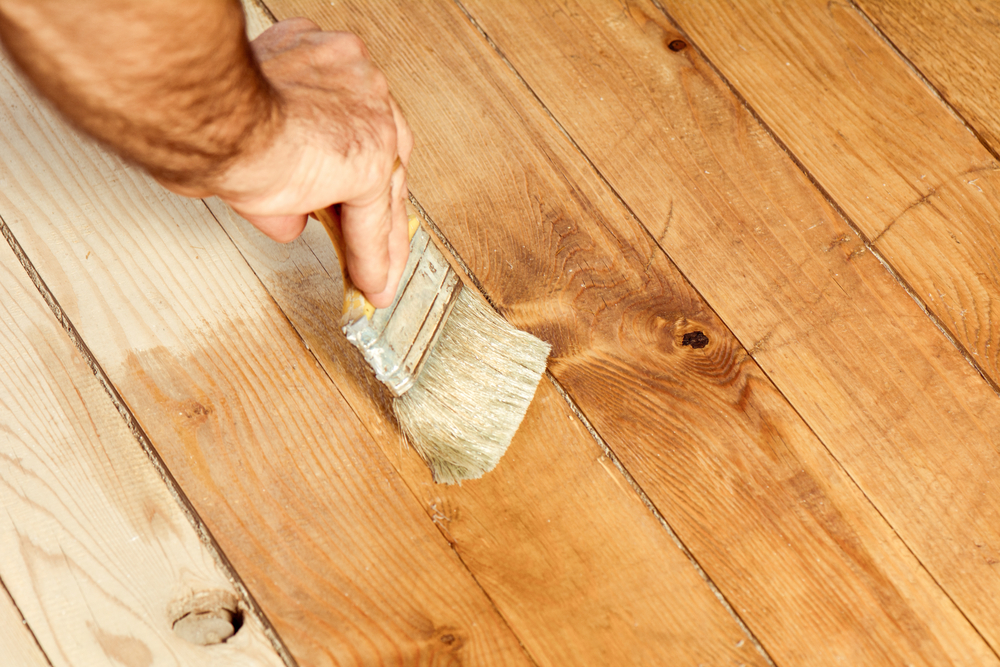
Some extra detriments to installing incomplete hardwoods are actually: the vapors linked to finishing the floor on-site, the decreased number of coats being applied as well as the absence of capability to seal the finish with the help of the UV light process. This particular synthetic material serves as the bottom level and it is usually impervious to moisture. For many centuries, hardwood floors are actually gracing magnificent homes through the Deep South to stylish homes of kings and queens.
Hardwood Floor Refinishing: Step by Step – Zack Hardwood Flooring
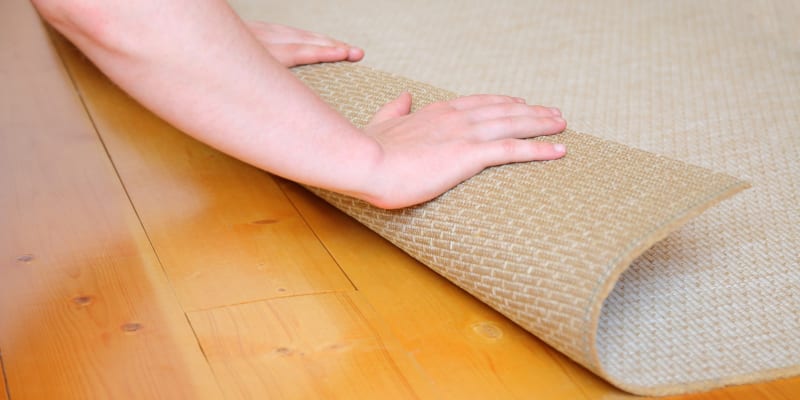
Many folks imported prefinished floors have very little durability as well as the finish may be taken off with a number of swipes of 150 resolution sandpaper. With thicknesses different of ¼" to 9/16", with the most common thickness of 3/8" to ½" selected, engineered wood floors average $3. However, a number of types of engineered hardwood may additionally be floated above existing floors like tile or perhaps vinyl flooring.
How To Refinish Hardwood Floors – DIY Home Improvement HGTV
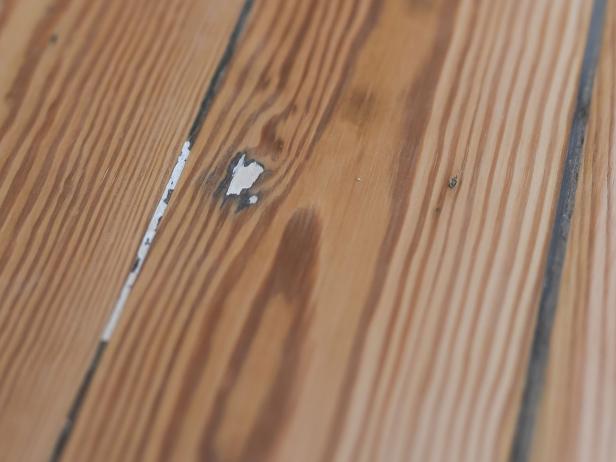
How To Refinish Hardwood Floors – DIY Home Improvement HGTV
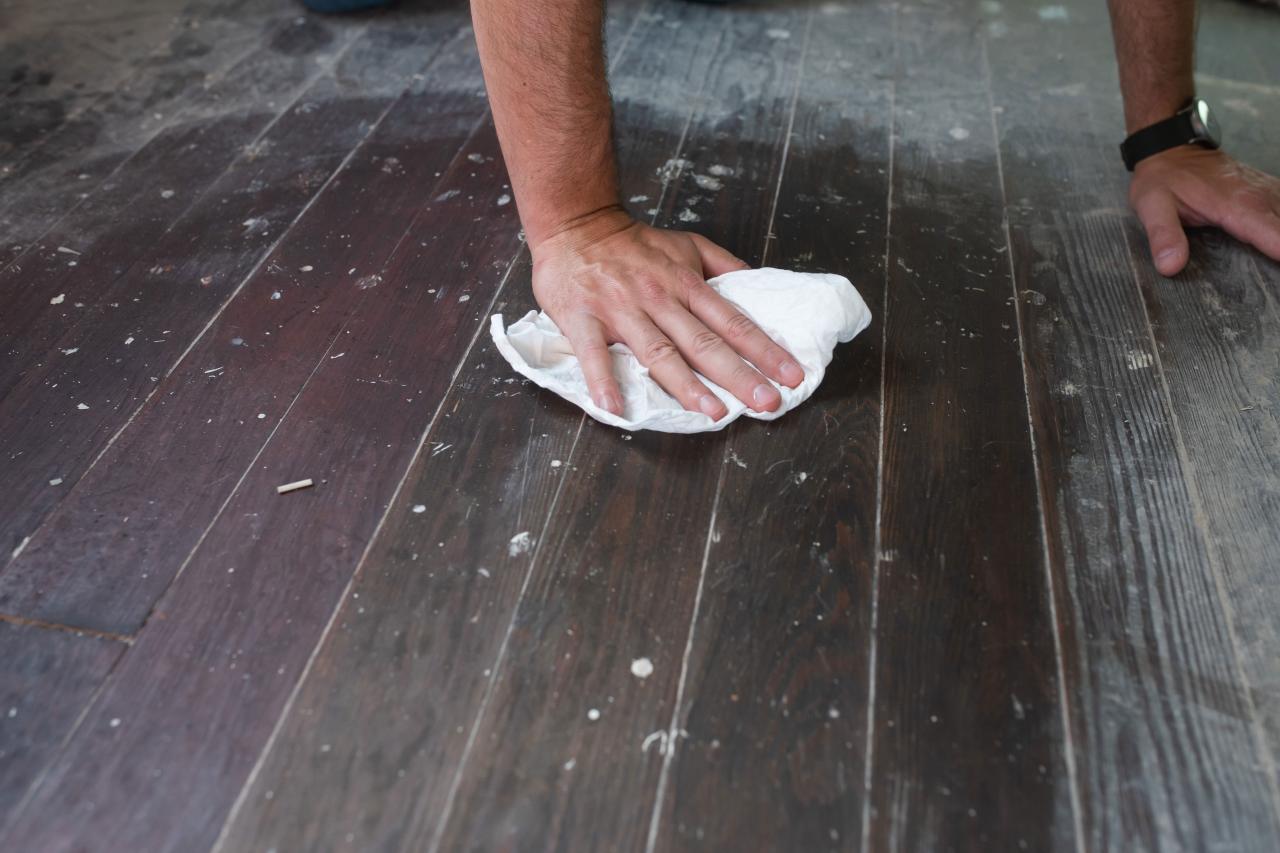
My Hardwood Floor Refinishing Tips & Tricks Hometalk
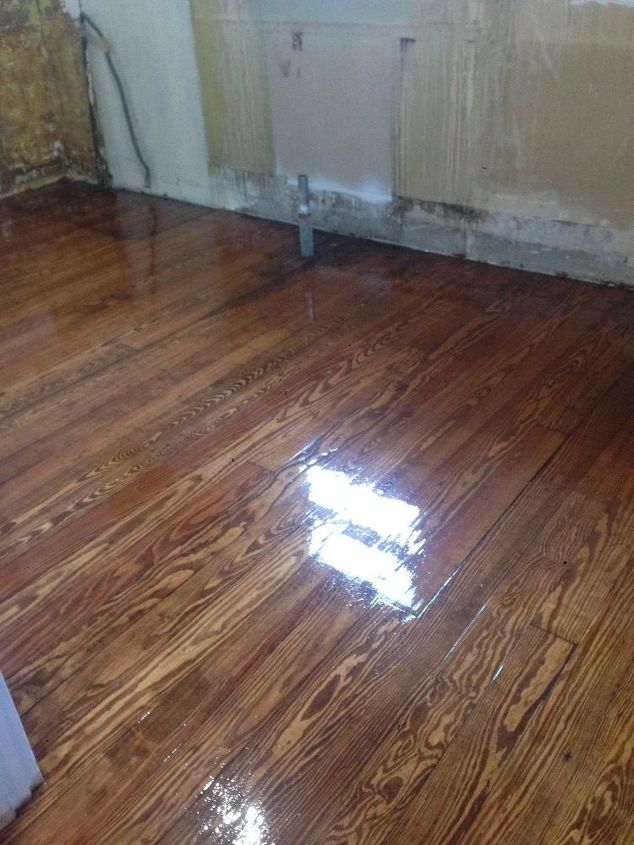
Hardwood Floor Refinishing Guide: Everything You Need To Know – Casually Coastal

How Do You Know If You Can Refinish Or Replace Your Hardwood Floors?
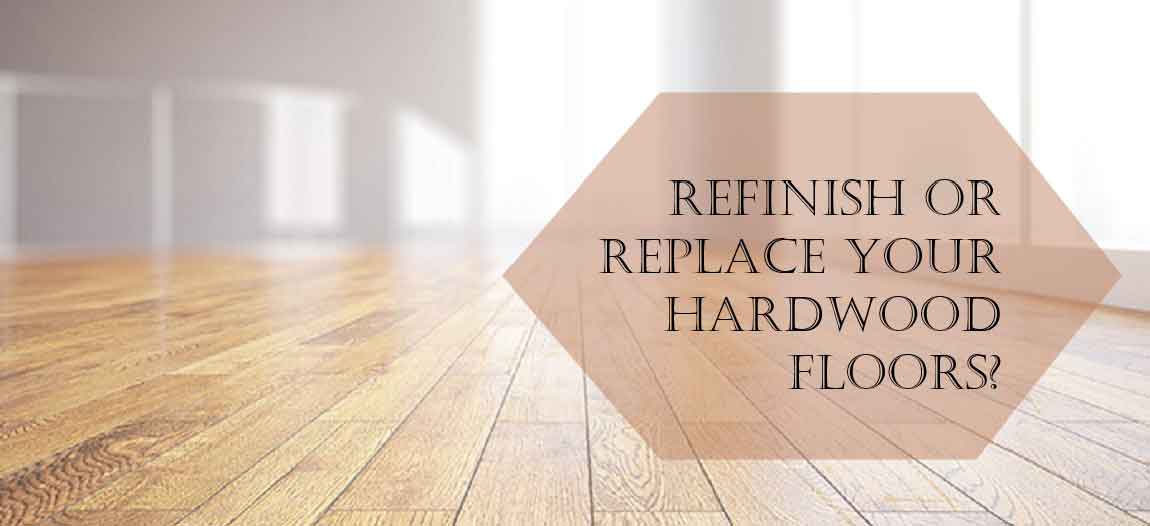
Can You Stain Over Hardwood Floors Without Sanding Review Home Co
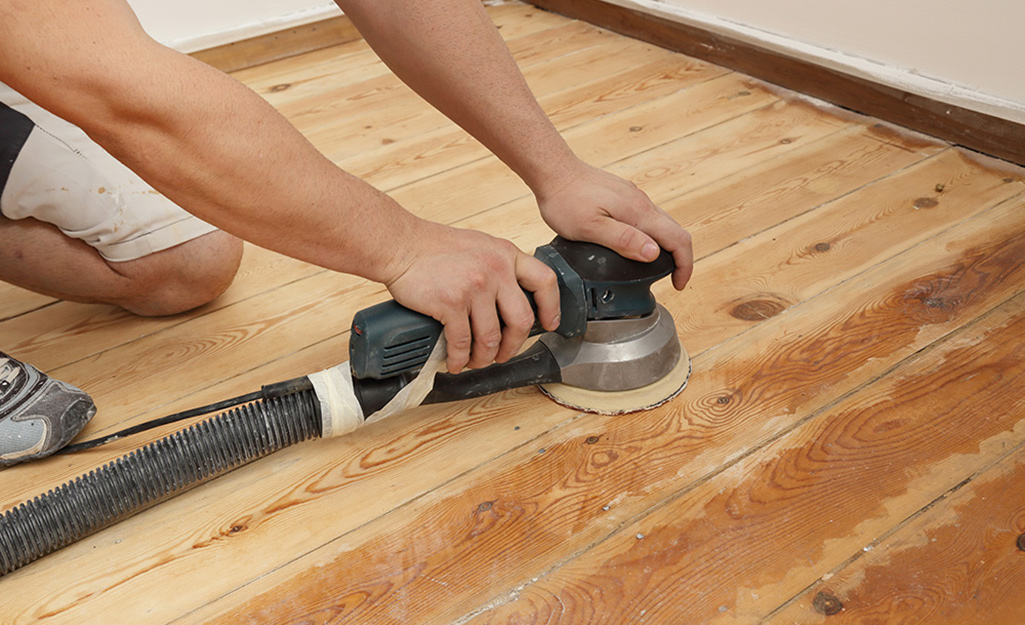
How To Finish Hardwood Floors Yourself : Should I Refinish Hardwood Floor With Scratches Home
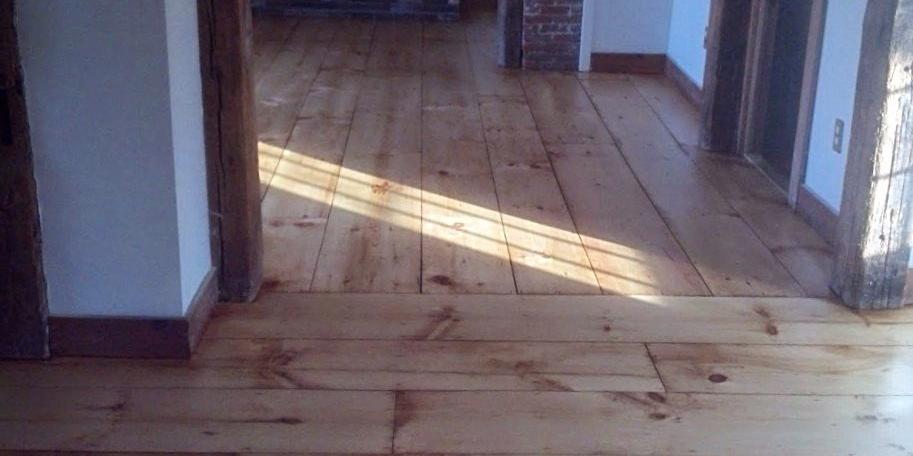
grey hardwood floors Design in Mind: Gray Hardwood Floors Coats Homes Wood Stain , Floor

Get Hardwood Floor Repair Let Us Serve Your Needs

DIY Refinishing Hardwood Floors: Part 1 – Say Yes Refinishing hardwood floors, Hardwood floors

How to Refinish Hardwood Floors
Hardwood Floor Refinish using DuraSeal Ebony Stain Home remodeling contractors, Refinishing

Wood Floor Border Inlay Wc Floors
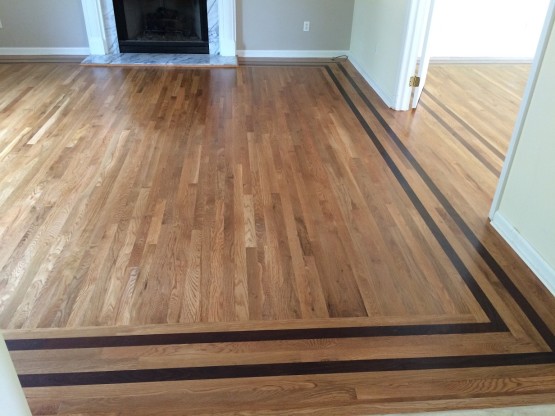
Related Posts:
- Bruce 3 8 Engineered Hardwood Flooring
- Minwax Hardwood Floor Cleaner Directions
- Hardwood Floor Cleaner Bona Reviews
- Hoover Hardwood Floor Cleaner Reviews
- Hardwood Floor Cleaner Vinegar And Water
- Minwax Hardwood Floor Cleaner Instructions
- Bona Hardwood Floor Cleaner 1 Gallon
- Electric Hardwood Floor Cleaner Reviews
- Hardwood Floor Cleaner Recipe Vinegar
- Homemade Hardwood Floor Cleaner Vinegar